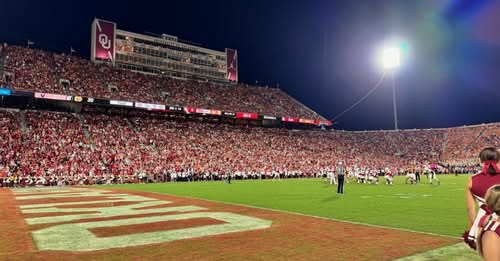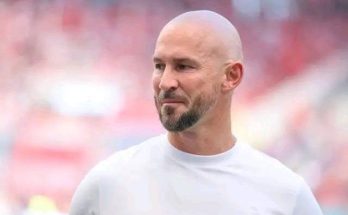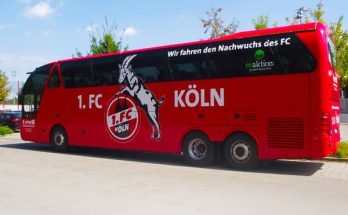The world of college football is no stranger to controversy, but the Oklahoma Sooners’ latest move has sparked a particularly heated debate. According to a report by Trey Wallace, the Sooners are offering fans the opportunity to attend the postgame press conference—for a hefty price tag of $345. This decision has raised eyebrows across the sports community, with many questioning whether this is a clever monetization strategy or a step too far in commercializing the fan experience.
### **The Concept Behind the Paid Press Conference Access**
Postgame press conferences have traditionally been reserved for media members, giving reporters the chance to ask coaches and players about the game’s key moments. These sessions are usually broadcast live, allowing fans to watch for free from home. However, Oklahoma’s new initiative changes that dynamic by allowing a select group of fans to attend in person—if they’re willing to pay.
The $345 price point suggests that this is aimed at die-hard supporters who crave an exclusive, behind-the-scenes experience. For some, the opportunity to be in the same room as head coach Brent Venables or star players like quarterback Dillon Gabriel might be worth the cost. But for others, this feels like another example of college sports prioritizing profit over accessibility.
### **The Fan Reaction: Excitement or Exploitation?**
As expected, reactions have been mixed. Some fans see this as an innovative way to enhance engagement, offering a unique perk for those who can afford it. In an era where Name, Image, and Likeness (NIL) deals and premium seating packages are already part of the landscape, this could be viewed as just another revenue stream.
On the other hand, critics argue that press conferences should remain open to all fans, not just those with deep pockets. College football has long prided itself on being a sport for the people, where passionate supporters—regardless of income—can feel connected to their team. Charging hundreds of dollars for what has always been a free media event risks alienating a portion of the fanbase.
### **The Bigger Picture: Monetization in College Sports**
Oklahoma’s move didn’t happen in a vacuum. Over the past decade, college athletics has become increasingly commercialized. From skyrocketing ticket prices to premium donor tiers for seating, schools are constantly looking for new ways to generate revenue. Conference realignment, TV deals worth billions, and NIL collectives have further blurred the line between amateur and professional sports.
In this context, selling press conference access is just another example of how programs are capitalizing on fan loyalty. But where should the line be drawn? Should every aspect of the game be monetized, or are some traditions—like open media access—worth preserving?
### **Potential Benefits of the Paid Model**
Proponents of the idea might argue that this creates a more intimate experience for superfans. Instead of watching a press conference on a screen, paying attendees get to witness the raw emotions of coaches and players up close. Additionally, the revenue generated could theoretically be reinvested into the program, improving facilities or supporting athlete NIL opportunities.
There’s also the argument that this is purely optional—no fan is forced to pay, and traditional viewing methods remain available. If there’s demand for this kind of exclusive access, why shouldn’t Oklahoma capitalize on it?
### **The Risks of Exclusivity**
However, the potential downsides are significant. College football thrives on widespread fan engagement, and initiatives like this could create a divide between wealthy supporters and everyday fans. If other programs follow suit, press conferences—once a staple of media transparency—could become elite, paywalled events.
There’s also the question of media dynamics. Journalists rely on press conferences to ask tough questions and hold teams accountable. If fan attendees outnumber reporters, will the environment shift toward a more controlled, PR-friendly atmosphere?
### **Will Other Schools Follow?**
The biggest question now is whether Oklahoma’s experiment will become a trend. If the Sooners see strong demand, other Power Five programs may adopt similar models. Smaller schools might not have the fanbase to justify such a move, but for elite programs like Alabama, Ohio State, or Texas, this could be an untapped revenue source.
Alternatively, if backlash grows, Oklahoma might walk back the idea—or at least adjust the pricing. The school has yet to comment extensively on the decision, but fan and media reactions will likely shape its future.
### **Conclusion: A Test Case for Fan Engagement**
At its core, Oklahoma’s $345 press conference access is a test of how far fans are willing to go—and pay—for exclusive experiences. While some will see it as an exciting opportunity, others will view it as another step toward the corporatization of college sports.
As the landscape of athletics continues to evolve, the balance between monetization and tradition will remain a contentious issue. For now, all eyes are on Norman to see whether this gamble pays off or becomes a cautionary tale.



